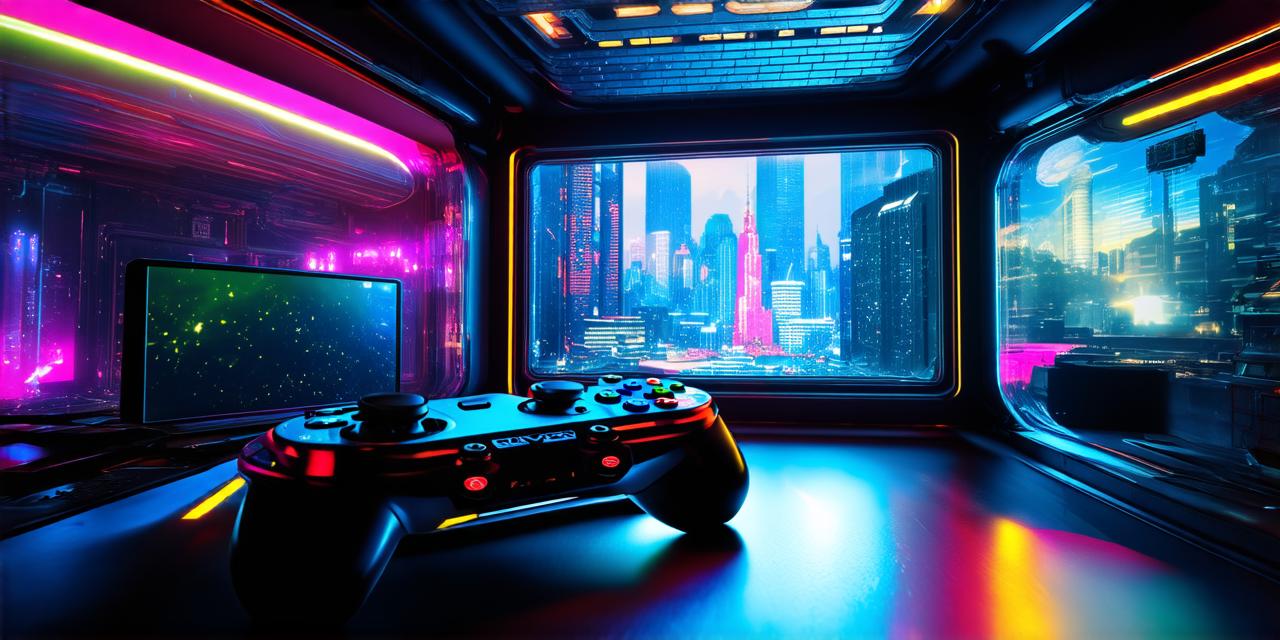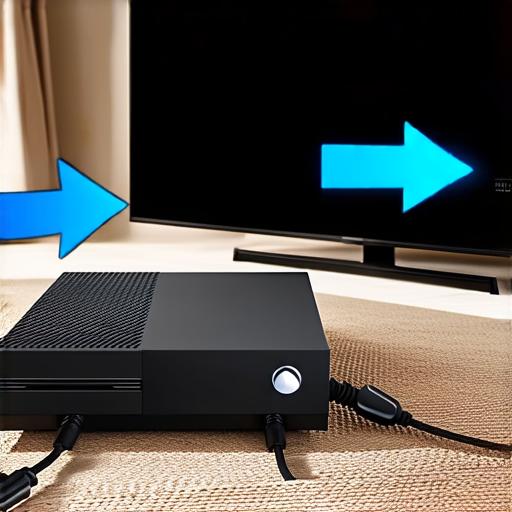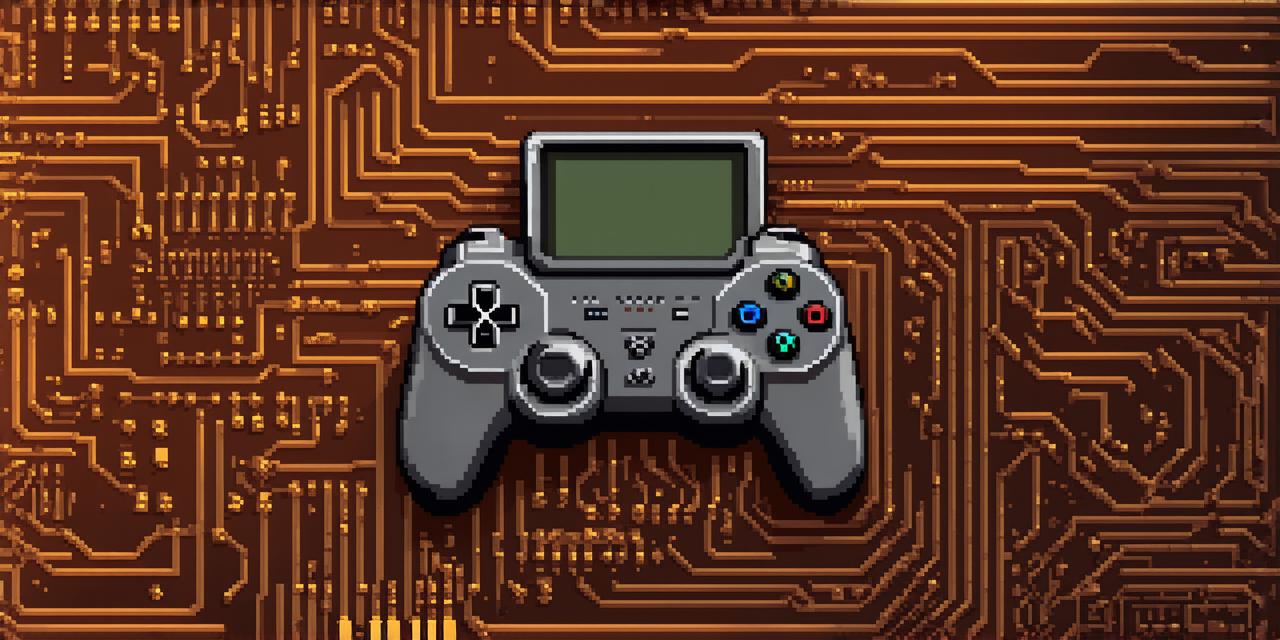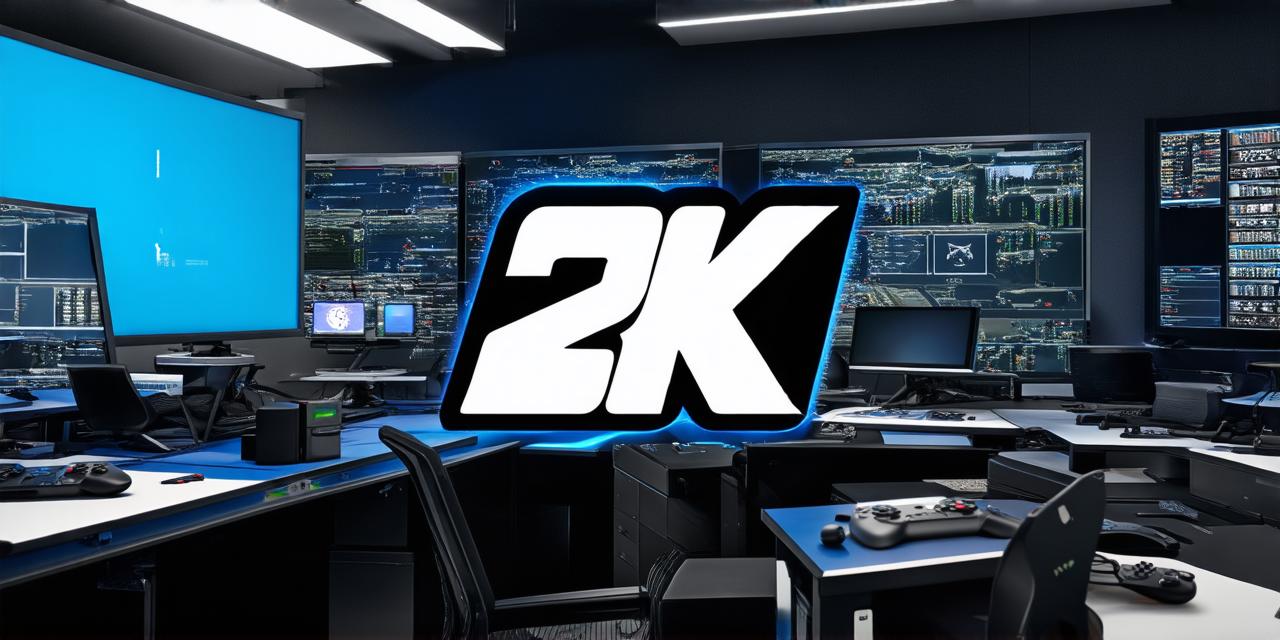Video game what is the most expensive game in the world
Introduction
The video game industry has grown exponentially over the years, and with it, the prices of some games have reached astronomical levels. In this article, we will explore the most expensive video games in history and delve into the factors that contribute to their high cost. We will also provide insights and recommendations for game developers on how to create engaging and profitable games without breaking the bank.
The Most Expensive Video Game in History: Grand Theft Auto V
Grand Theft Auto V, developed by Rockstar Games, is currently the most expensive video game ever created. The game was released in 2013 and cost approximately $267 million to develop. This includes the salaries of over 3,000 developers, designers, and artists, as well as the cost of creating the vast open world of Los Santos and its surrounding areas.
Grand Theft Auto V’s success can be attributed to several factors, including its massive budget and the resources that went into creating it. The game features a highly detailed environment with realistic weather patterns, an expansive map, and a plethora of activities for players to engage in. It also includes a robust multiplayer mode, which has kept players engaged for years after the game’s release.
The Cost of Creating a Video Game: Factors that Contribute to High Prices
There are several factors that contribute to the high cost of creating video games. One of the most significant is the sheer number of people involved in the development process. A typical AAA game requires the input and expertise of hundreds, if not thousands, of developers, designers, artists, and other professionals. This talent comes at a premium, and salaries for these individuals can be substantial.
Another factor that contributes to high costs is the amount of time and resources required to create a fully realized game world. Video games often feature vast, intricately detailed environments that require extensive development and testing to ensure they are both visually stunning and immersive. This process can take years, and the cost of maintaining such a large team for an extended period is significant.

In addition to these factors, the cost of creating video games has also been impacted by advances in technology. As hardware and software capabilities have evolved, so too has the price of developing games that push the boundaries of what is possible. This can include everything from high-fidelity graphics to sophisticated AI systems, which require significant investment in research and development.
The Impact of High Pricing on Game Developers
While some gamers may be willing to pay a premium for a game with the highest production values, not all developers have the luxury of charging such exorbitant prices. For smaller studios or indie developers, the cost of creating a game can be prohibitive, making it difficult for them to compete with larger, more established companies.
To address this issue, some developers have turned to crowdfunding platforms like Kickstarter to raise funds for their projects. These platforms allow creators to pitch their games directly to fans and potential investors, bypassing traditional publishing channels and reducing the cost of bringing a game to market.
Another strategy used by smaller studios is to focus on niche markets or genres that are underserved by larger companies. By targeting a specific audience, these developers can create games that appeal to a particular demographic and differentiate themselves from their competitors.


















